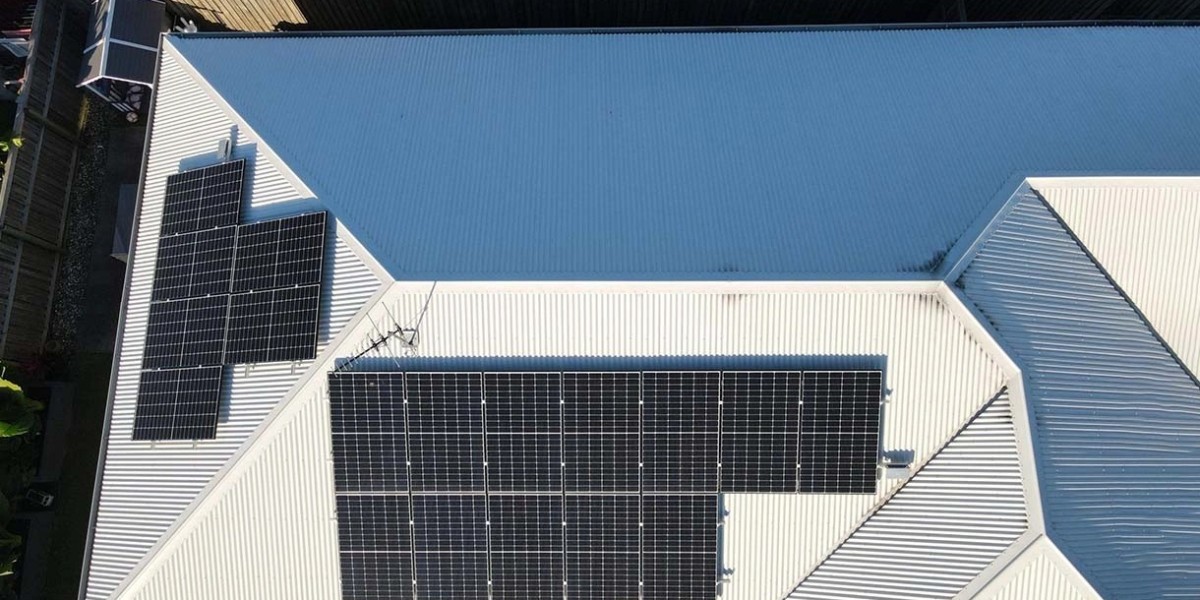In this article, we will compare the most common types of solar panels: monocrystalline, polycrystalline, and thin-film solar panels. Each type has its own unique advantages and disadvantages, so understanding the nuances of each is key to making an informed decision.
Monocrystalline Solar Panels
Monocrystalline panels are often recognized for their sleek, black appearance and superior performance. They are made from a single, continuous crystal structure, which allows for higher efficiency and power output compared to other types.
Advantages of Monocrystalline Panels
- High Efficiency: Monocrystalline panels typically have an efficiency rate of 17-22%. Their superior efficiency means they convert sunlight into electricity more effectively, requiring less space for installation.
- Long Lifespan: With a lifespan of up to 25-30 years, monocrystalline panels tend to outlast other types. Manufacturers often provide longer warranties, reflecting their reliability.
- Space-Saving: Due to their higher efficiency, they are an excellent option for homes with limited roof space. You can generate more energy with fewer panels.
Disadvantages of Monocrystalline Panels
- Higher Cost: Monocrystalline panels are more expensive than their polycrystalline and thin-film counterparts due to the complexity of their manufacturing process.
- Performance Drop at High Temperatures: Like all solar panels, monocrystalline types suffer from a drop in performance at high temperatures, though this impact is relatively modest.
Polycrystalline Solar Panels
Polycrystalline panels are easily identifiable by their blue hue and speckled appearance. These panels are made from multiple silicon crystals melted together, a process that is less expensive but also less efficient.
Advantages of Polycrystalline Panels
- Affordable: Polycrystalline panels are less expensive to produce, making them a more budget-friendly option for homeowners.
- Widely Available: They are widely available in the market, and due to their lower cost, they offer a solid balance between price and performance.
- Eco-Friendly Production: The manufacturing process of polycrystalline panels produces less waste, making them a more environmentally friendly choice in some respects.
Disadvantages of Polycrystalline Panels
- Lower Efficiency: With an efficiency rate between 15-17%, polycrystalline panels are less efficient than monocrystalline panels. More roof space is needed to achieve the same energy output.
- Lower Aesthetic Appeal: While subjective, some homeowners find the blueish color and fragmented design of polycrystalline panels less appealing than the uniform appearance of monocrystalline panels.
- Slightly Shorter Lifespan: These panels usually have a slightly shorter lifespan and may degrade more quickly under extreme weather conditions compared to monocrystalline panels.
Thin-Film Solar Panels
Thin-film solar panels are quite different from the traditional crystalline silicon panels. They are made by depositing thin layers of photovoltaic material onto a substrate. These panels are extremely flexible and can be used in a variety of applications.
Advantages of Thin-Film Solar Panels
- Versatility: Thin-film panels are lightweight and flexible, making them suitable for a wide variety of installations, including on roofs with irregular shapes or limited load-bearing capacity.
- Temperature Tolerance: Thin-film panels tend to perform better in high temperatures compared to crystalline silicon panels, maintaining more stable efficiency levels during hot summer months.
- Low Light Performance: They perform better in low-light conditions such as cloudy or foggy days, making them an excellent choice for areas with less direct sunlight.
Disadvantages of Thin-Film Solar Panels
- Lower Efficiency: With an efficiency rate of around 10-12%, thin-film panels require significantly more space to produce the same amount of energy as monocrystalline or polycrystalline panels. This makes them less suitable for residential installations where space is limited.
- Shorter Lifespan: Thin-film panels typically have a shorter lifespan, averaging between 10-20 years. While they can be a cost-effective solution initially, they may require replacement sooner than other panel types.
- Degradation: These panels degrade faster than crystalline silicon panels, resulting in a more rapid decrease in energy output over time.
Which Solar Panel Type is Right for Your Home?
Selecting the right type of solar panel for your home will largely depend on your specific needs, budget, and available roof space. Here’s a breakdown of which type may be best suited for different scenarios:
Monocrystalline Solar Panels Are Ideal If:
- You have limited roof space but want to maximize energy output.
- You are willing to invest in a higher upfront cost for better long-term efficiency and durability.
- You live in an area with consistent sunlight, where you can benefit from the high efficiency of these panels.
Polycrystalline Solar Panels Are Best If:
- You are looking for a more affordable option that still provides decent efficiency.
- You have ample roof space and don't mind installing additional panels to meet your energy needs.
- You want a balance between cost and efficiency but are less concerned with aesthetics.
Thin-Film Solar Panels Are Perfect If:
- You need flexible, lightweight panels for an unconventional or large installation.
- You live in an area with high temperatures or frequent low-light conditions.
- You are more focused on upfront costs and don't mind sacrificing long-term durability.
Factors to Consider Before Choosing Your Solar Panel
Budget
The cost of solar panels can vary widely based on the type and brand. Monocrystalline panels are often the most expensive but offer the best performance, while polycrystalline panels provide a budget-friendly middle ground. Thin-film panels are generally more affordable but might require more space and need replacement sooner. Many solar panel companies provide financing options to make solar installations more accessible for homeowners.
Roof Space
The amount of roof space available is a major factor in choosing a solar panel. Monocrystalline panels, being more efficient, require less space, whereas thin-film panels need much more room to achieve the same energy output.
Climate
Your local climate also plays a role in determining the right solar panel type. Thin-film panels perform better in high temperatures and low-light conditions, while monocrystalline and polycrystalline panels excel in environments with more direct sunlight. Solar panel inverter play a crucial role in converting the direct current (DC) generated by solar panels into usable alternating current (AC) for home appliances.
Conclusion
In conclusion, choosing the best solar panel for your home is a balancing act between cost, efficiency, space, and durability. Monocrystalline panels offer the best performance, but at a higher cost. Polycrystalline panels provide a more affordable option with a slight drop in efficiency. Thin-film solar panels are ideal for unique installations or climates with high temperatures, though they lack the longevity and efficiency of the other two.
Ultimately, the right choice for your home will depend on your budget, available space, and long-term energy goals. By carefully considering these factors, you can ensure that your investment in solar energy will provide significant savings and sustainability over the years.



